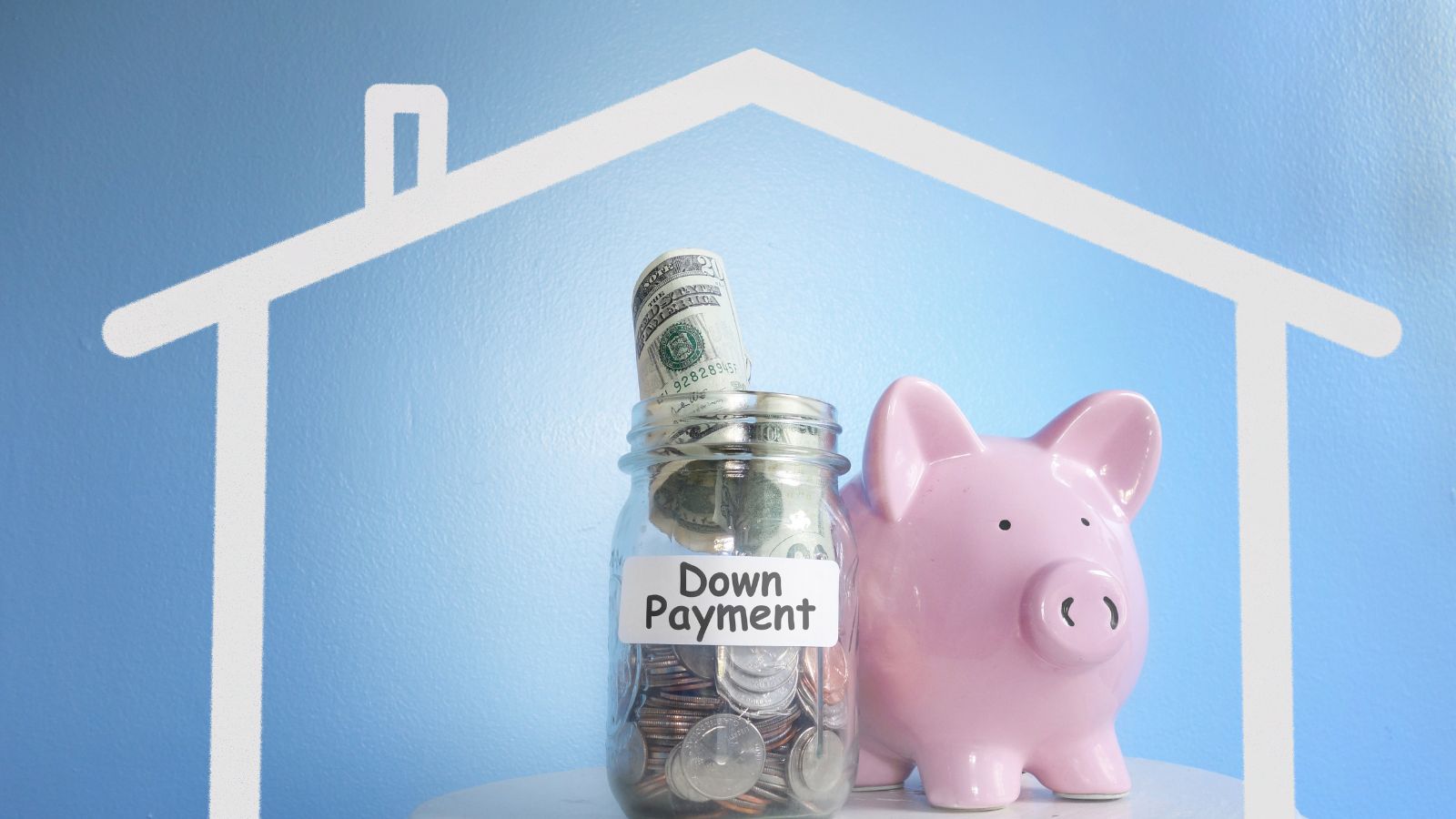Buying your first home is an exciting milestone, but it can also feel overwhelming, especially regarding financing. With rising property prices and economic uncertainties, many first-time buyers struggle to figure out how to afford their dream home. Fortunately, several financing options are available to make homeownership a reality without draining your savings. If you’re wondering where to start, you can explore different mortgage programs on this page, including government-backed options designed to help first-time buyers.
Understanding Your Financing Options
Most buyers rely on mortgage loans to cover the cost of purchasing a home. However, not all home loans are the same. An FHA loan, insured by the Federal Housing Administration, is one of the most popular options for first-time buyers. FHA loans are ideal for those with lower credit scores or limited savings, as they require a smaller down payment than conventional loans. Typically, an FHA loan allows buyers to put down as little as 3.5% of the home’s price, making homeownership more accessible.

Another option is a conventional loan, which is not backed by the government but offers flexibility in interest rates and loan terms. While these loans usually require higher credit scores and larger down payments, they can be an excellent choice for qualified buyers. Additionally, some conventional loans allow for as little as 3% down, depending on the lender.
VA loans provide an excellent financing route for those who serve in the military, with no down payment required. VA loans, backed by the Department of Veterans Affairs, come with lower interest rates and no private mortgage insurance (PMI), making them an attractive option for eligible veterans and active-duty service members.
Saving For A Down Payment
One of the biggest hurdles for first-time buyers is saving for a down payment. While some mortgages allow for low down payments, having additional savings can reduce your monthly mortgage payments and give you more financial flexibility. Setting up a dedicated savings account and automating deposits can help you steadily build funds for your future home.Exploring down payment assistance programs is another smart move.

Many states and local governments offer financial aid, grants, or low-interest loans to help first-time buyers cover their down payments. These programs are often designed for individuals with moderate or lower incomes, making them a valuable resource for those struggling to save.
In addition to saving, improving your credit score can open doors to better mortgage rates. Paying off debts, making timely payments, and avoiding new credit inquiries can boost your credit profile, making you more attractive to lenders. A higher credit score can also lower your mortgage interest rate, translating to long-term savings.
Exploring First-Time Homebuyer Programs
First-time homebuyers can access various programs to make purchasing a home more straightforward. Fannie Mae’s HomeReady® and Freddie Mac’s Home Possible® programs offer low down payment options and flexible credit requirements. These programs are especially beneficial for lower-income buyers who may not have a substantial down payment saved.
Another excellent program is USDA loans, which cater to buyers in rural and suburban areas. Backed by the U.S. Department of Agriculture, these loans require no down payment and offer competitive interest rates. They are designed to encourage homeownership in less populated areas, making them an excellent option for buyers open to living outside major cities.
Employer assistance programs and community-based initiatives can also help first-time buyers secure financing. Some companies provide financial incentives or homebuying benefits for employees, while local nonprofit organizations may offer assistance through grants or educational workshops. Exploring these options can help you find creative ways to finance your home purchase.
Making Smart Financial Decisions
While securing a mortgage is a significant step, planning for ongoing homeownership costs is essential. Property taxes, homeowners insurance, and maintenance expenses should be factored into your budget to ensure long-term financial stability. Setting aside an emergency fund for unexpected repairs can prevent financial strain.
Comparing lenders and shopping around for the best mortgage terms can save you thousands over the life of your loan. Many first-time buyers make the mistake of accepting the first mortgage offer, but exploring different lenders can lead to better interest rates and lower fees. Working with a mortgage broker or financial advisor can also provide valuable insights into securing the best financing terms.
Finally, understanding your debt-to-income ratio (DTI) is key when applying for a loan. Lenders use this metric to assess your ability to repay a mortgage, so keeping your existing debts low can improve your chances of loan approval. Paying off credit card balances and reducing student loan payments can strengthen your financial profile before applying for a mortgage.
Conclusion
Financing your first home doesn’t have to be an impossible challenge. With the right approach, first-time buyers can use affordable mortgage options, down payment assistance programs, and financial planning strategies to secure their dream home. Whether you opt for an FHA loan, a conventional mortgage, or a government-backed program, understanding your financing options is the first step toward homeownership. By making informed decisions and exploring all available resources, you can make your dream of owning a home a reality.



